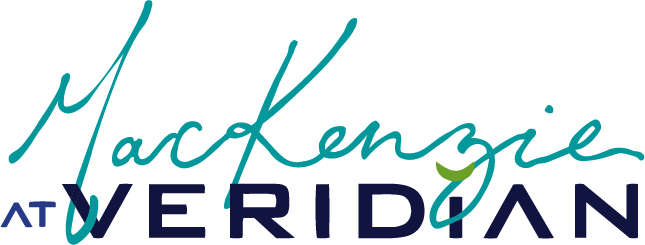Designing Exhibit Collateral That Speaks to Donors and Visitors Alike
Exhibit branding and collateral have to do two jobs at once: they need to impress donors while also engaging visitors.
It’s a balancing act. Donors want sophistication, recognition, and a sense of legacy. Visitors want clarity, visuals, and excitement. Too often, museums lean too far one way — creating collateral that feels formal and inaccessible, or casual and shallow.
The truth is, you don’t have to choose. With the right approach, your exhibit materials can resonate with both.
Donors vs. Visitors: Different Needs, Same Materials
Donors respond to quality, depth, and storytelling. They want to feel that their investment is creating something lasting.
Visitors respond to visuals, accessibility, and experiences that draw them into the exhibit.
And yet, the same catalog, invitation, or exhibit signage often has to serve both groups at once.
The Common Mistake Museums Make
One of the biggest missteps? Designing only with one audience in mind.
Collateral created just for donors can feel too formal or intimidating for visitors.
Collateral created just for visitors can lack the depth and refinement donors expect.
When museums fail to balance the two, they miss opportunities to connect with both audiences fully.
How to Design Collateral That Resonates with Both
The solution is balance. A few strategies we rely on:
Tone + visuals: keep the design elegant enough to impress donors while clear enough to engage visitors.
Storytelling: share the “why” behind the exhibit in a way that resonates emotionally with both audiences.
Photography and design quality: strong imagery and professional print finishes elevate collateral for donors while creating visual impact for visitors.
Planning time: rushing strips out the thoughtful touches that make collateral meaningful to both audiences.
A Mini Case Study: Audubon’s Birds of Florida
At the Museum of Arts and Sciences, the Audubon’s Birds of Florida exhibit showed how collateral and storytelling can bridge donors and visitors beautifully.
Two details made this exhibit especially impactful:
Donor Interviews on Video
The main donors sat for a video interview where they spoke about their love of nature and birds on Merritt Island. They shared personal memories — pelicans nesting, why preservation mattered to them — and that story played on loop within the exhibit. It gave visitors context and allowed donors to feel seen and heard.The Catalog Author as the Voice of the Audio Tour
The catalog’s author also narrated the audio tour, weaving scholarship and storytelling into a unified visitor experience. This thoughtful choice gave visitors a consistent voice across platforms, and it elevated the catalog into something more than a book — it became the backbone of the exhibit’s storytelling.
Together, these touches honored donors while enriching the visitor experience — exactly the balance great collateral can achieve.
👉 Want to dive deeper? Read the full case study here.
The Role of a Design Partner
Most internal museum teams are stretched thin and can struggle to balance both audiences. A design partner brings:
Expertise in both storytelling and production.
The ability to unify donor recognition and visitor engagement.
Capacity to manage the design, print, and production details so nothing gets lost.
Final Thoughts
Exhibit collateral doesn’t have to speak to donors or visitors — it can do both. With the right approach, your materials can inspire the public, impress your donors, and elevate the entire exhibit experience.
✨ Want to start planning your exhibit collateral? Download the free Exhibit Prep Kit to map your needs and timelines today.
Want to explore how branding can elevate your next exhibit?
Download the free Exhibit Prep Kit for a step-by-step roadmap for stress free donor-ready exhibits
✔ Clarify your exhibit’s purpose, audience, and emotional tone
✔ Align your internal team so decisions don’t get bottlenecked
✔ Map out the design pieces you’ll need (and when!)

